Home | Textual Glossary | Design Hub | Rehearsal Blog | Artistic Influences | Ask the Dramaturgs | Sounds in Unity
Set Design
Set designed by Madeline Samms, 2015.
Maquette Images

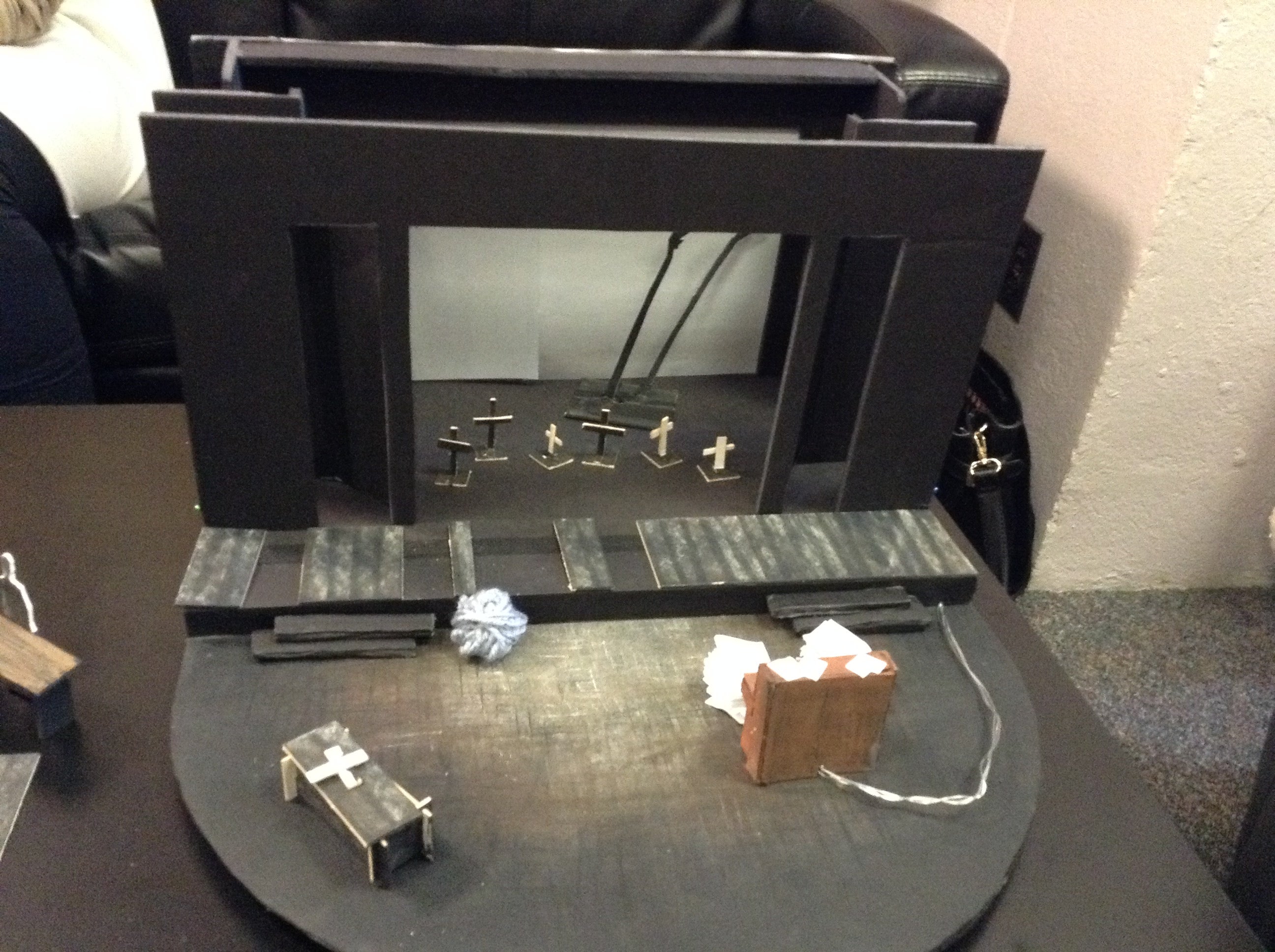
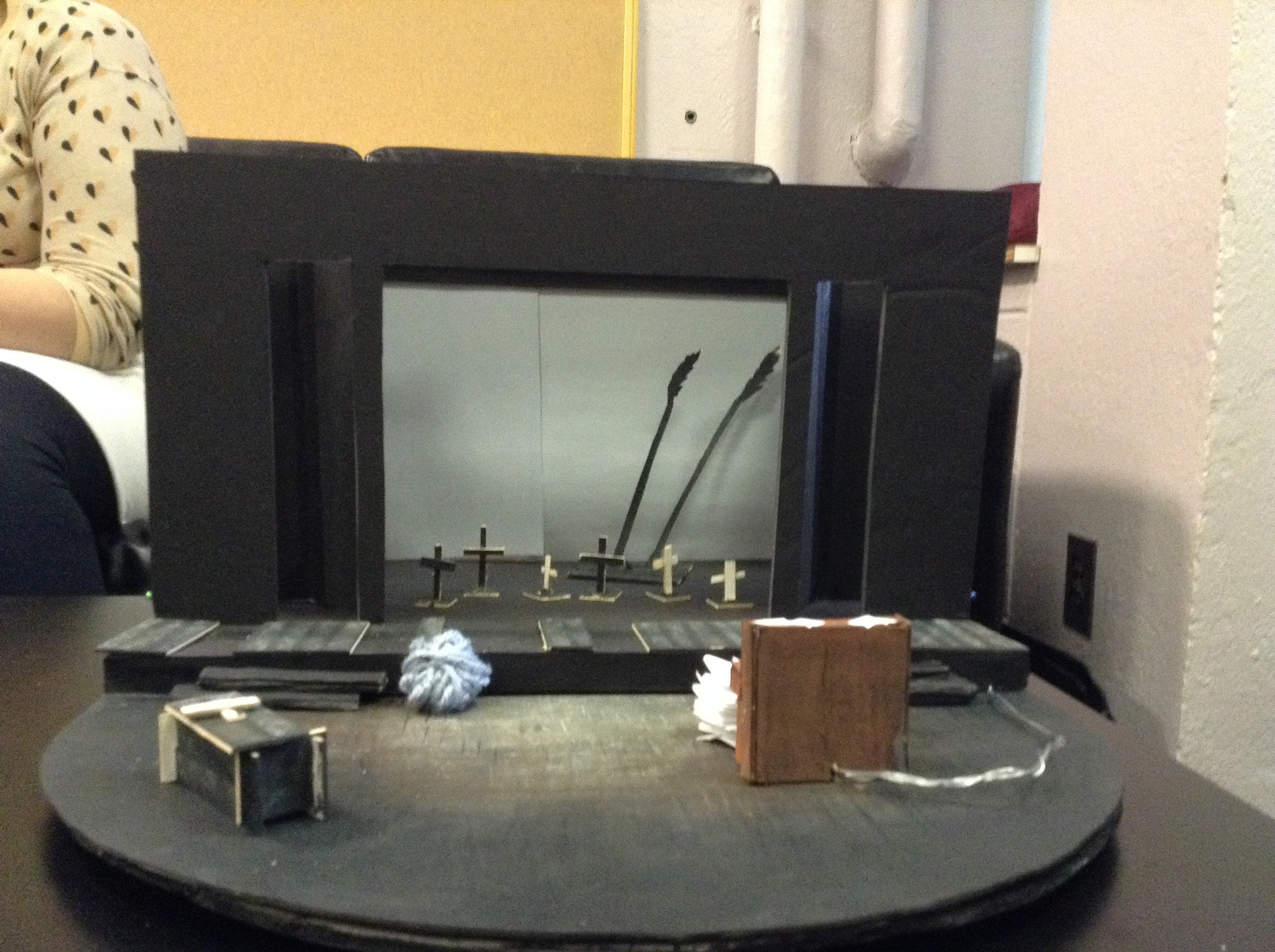

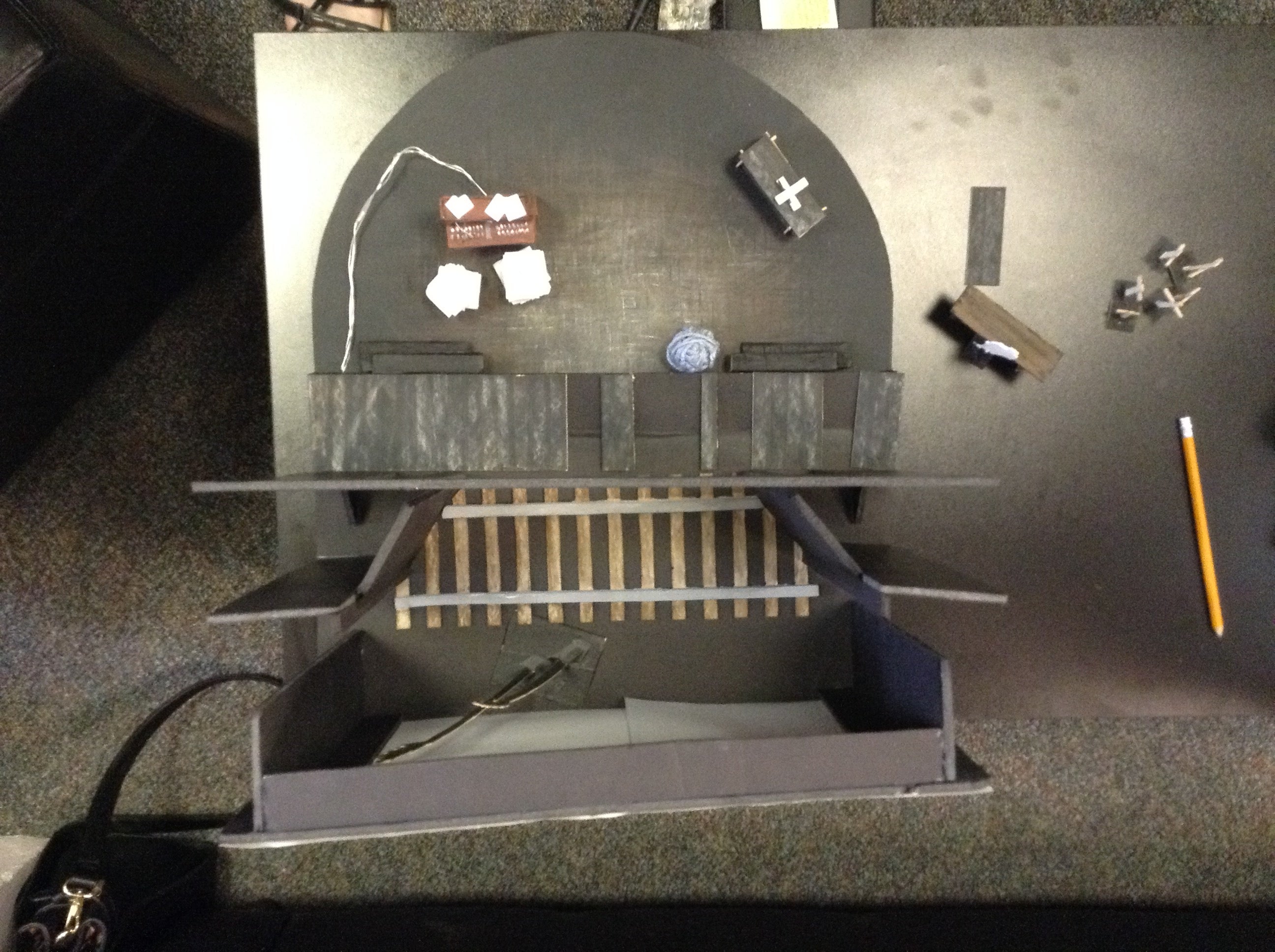
Costume Design
Costumes designed by Mark Haasnoot
World War 1 Fashion
"World War I drained the resources of every country involved, including the major European powers and the United States. Fabrics and materials used for clothing were rationed, and clothing became simpler and less ornamented as a result. Perhaps the biggest impact was on women's dresses, which were made with far less material than ever before. The slim profile demanded by the war became the dominant fashion of the 1920s. The war also brought more women into the workplace than ever before, and women wore new clothing, including the once-forbidden trousers, in the workplace that they later adopted for regular use. [. . .] Men's clothing in general changed much less frequently and less dramatically than women's clothing. Standard wear for men in non-manual work was the sack suit, or three-piece suit, usually worn with a shirt with a detachable collar, while working-class men generally wore trousers and a button-down shirt."
Source: http://www.fashionencyclopedia.com/fashion_costume_culture/Modern-World-1900-1918/Clothing-1900-18.html
Mourning Clothes
"Full, traditional 19th-century-style mourning—requiring unremitting black and social exclusion—was impractical and depressing in wartime. Instead, everyday clothes were dyed black and black armbands were sold by city street vendors. Very few women wore widow's caps of black crape with sheer silk veils. Courtauld's, leading manufacturers of mourning crape, turned their attention to buying up patents for modern manmade fabrics such as rayon."
http://mentalfloss.com/article/56443/11-fashion-trends-world-war-i
Design Influences
Egon Schiele
"With his signature graphic style, embrace of figural distortion, and bold defiance of conventional norms of beauty, Egon Schiele was one of the leading figures of Austrian Expressionism. His portraits and self-portraits—searing explorations of their sitters' psyches and sexuality—are among the most remarkable of the twentieth century."
http://www.theartstory.org/artist-schiele-egon.htm
Catalyst Theatre
Under the leadership of Artistic Director Jonathan Christenson and with the ongoing collaboration of Resident Designer Bretta Gerecke, Catalyst is now known for its highly identifiable aesthetic. The company's work is characterised by a bold and distinctive theatricality that integrates a strong musical component with striking visual imagery, a heightened physical performance style, poetic text, and an often darkly comic sensibility. Catalyst has toured its productions to the UK, across Canada, Australia and the USA since 1997.
http://www.catalysttheatre.ca/index.php/about
Hair and Makeup Design
Historical Context
The Telegraph Machine
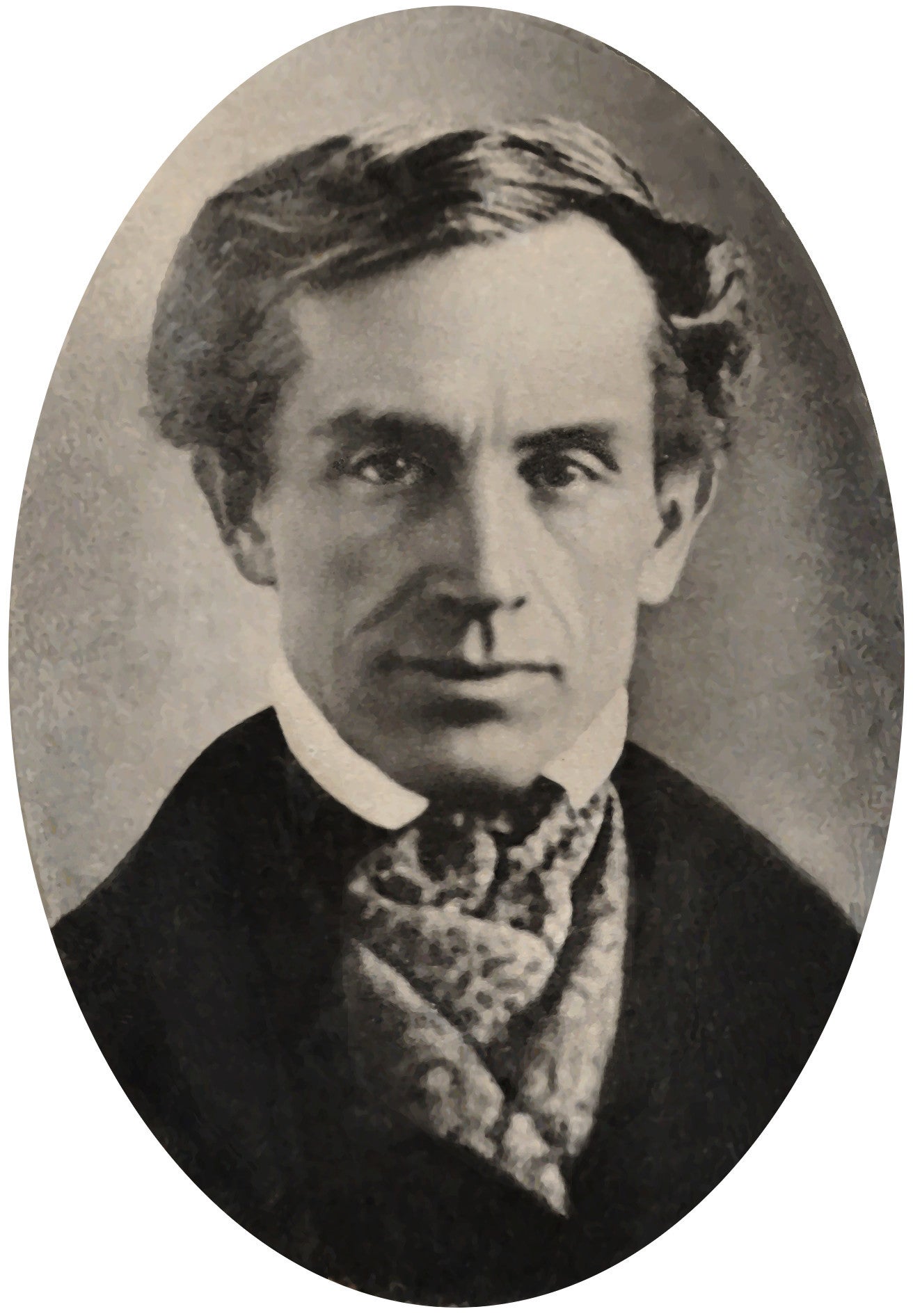
Samuel Morse
"While a professor of arts and design at New York University in 1835, Samuel Morse proved that signals could be transmitted by wire. He used pulses of current to deflect an electromagnet, which moved a marker to produce written codes on a strip of paper - the invention of Morse Code. The following year, the device was modified to emboss the paper with dots and dashes.
The original Morse telegraph printed code on tape. However, in the United States the operation developed into sending by key and receiving by ear. A trained Morse operator could transmit 40 to 50 words per minute. Automatic transmission, introduced in 1914, handled more than twice that number. Canadian, Fredick Creed invented a way to convert Morse code to text in 1900 called the Creed Telegraph System."
(Mary Bellis, Electronic Communications)
Photo Courtesy of: Smithsonian Photograph Search
Fun Fact: The sinking of the Titanic in April of 1912 was the first time 'SOS' was sent out over Morse Code.
The Creed Telegraph System
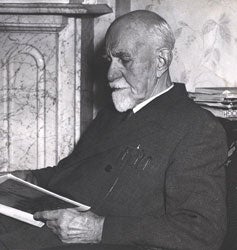
"He had the idea to produce a typewriter style machine that would let complete Morse code signals be punched in to tape simply by operating the correct letters. The current system meant the operator had three plungers - one for dots, one for dashes and one for a space. By striking these plungers with small rubber tipped mallets, one in each hand, the appropriate perforations appeared in the tape. This was a very slow and tiring way of sending messages.
1913 brought the first experiments in high speed automatic telegraphy by wireless. Successful transmissions from an aerial on the top of the Selsdon factory to Frank Creed's home some three miles away were made. These experiments ame to an end at the beginning of the First World War and the aerial was dismantled on Government orders.
The outbreak of War brought work to the Creed Company. Within days they were required to supply equipment to the Central telegraph office in London. These machines successfully coped with the large amount of messages connected with the landing in France of the British Expeditionary Force."
Photograph Courtesy of: Croydon Online.